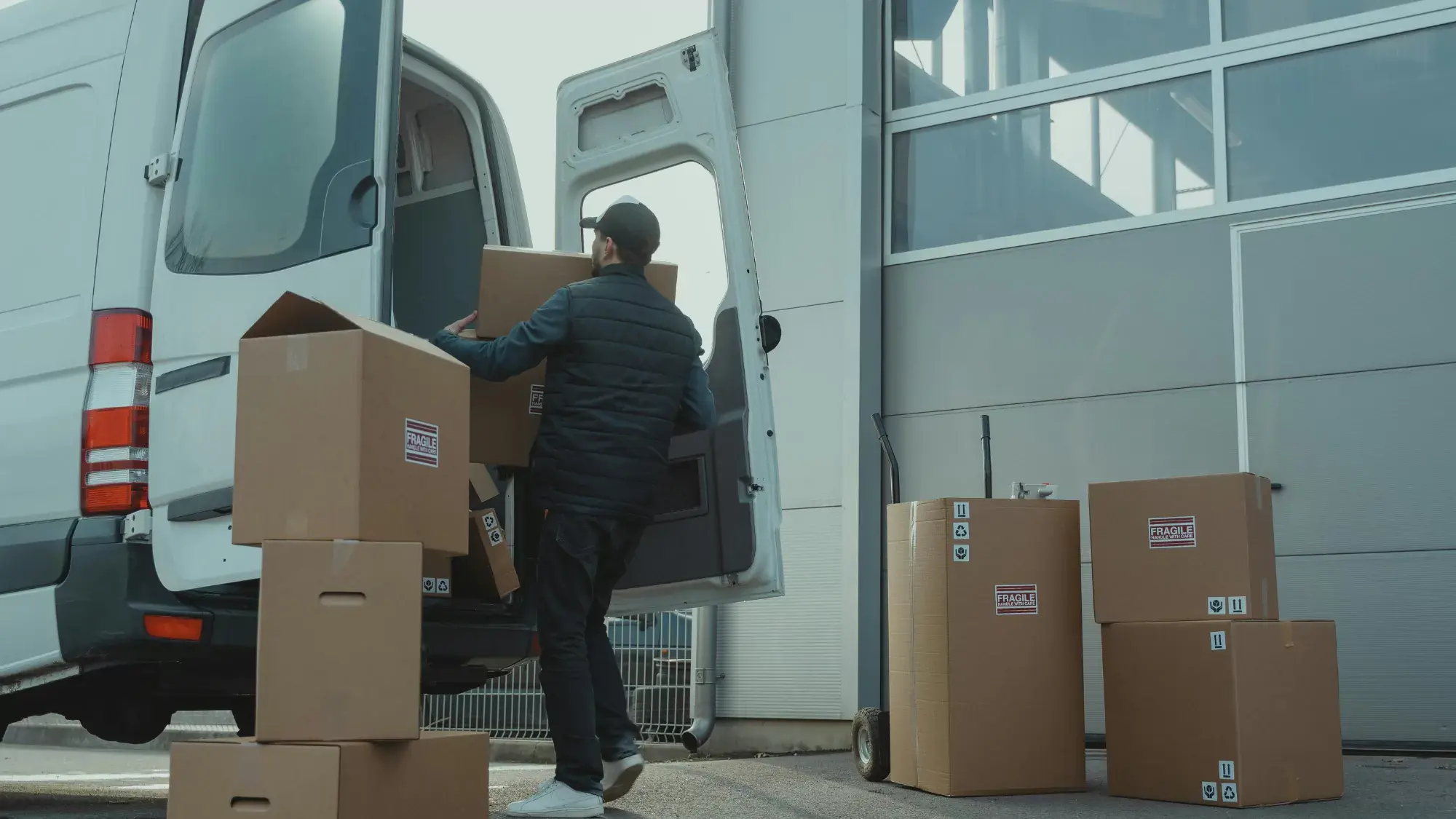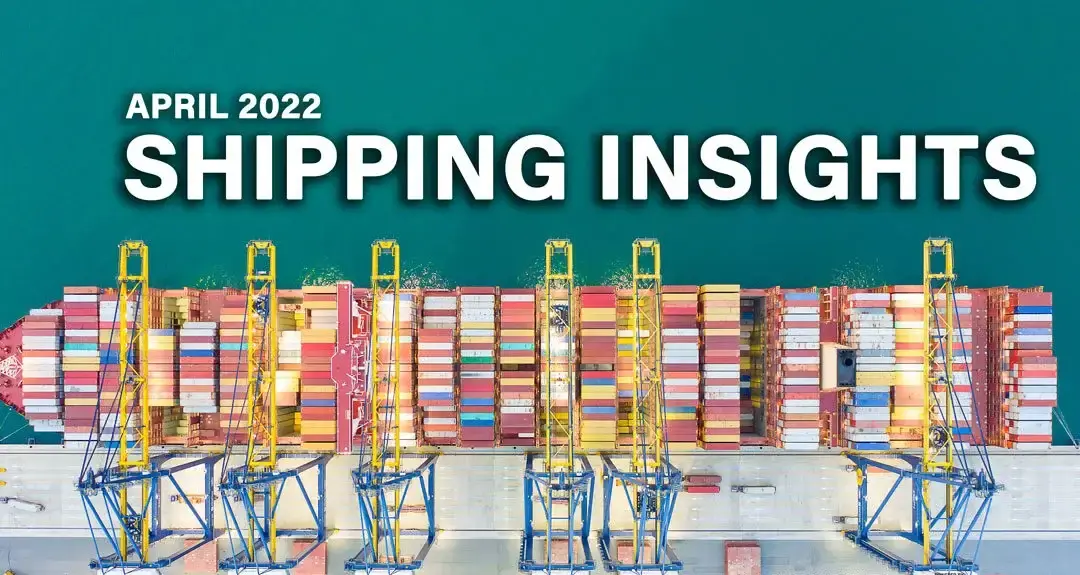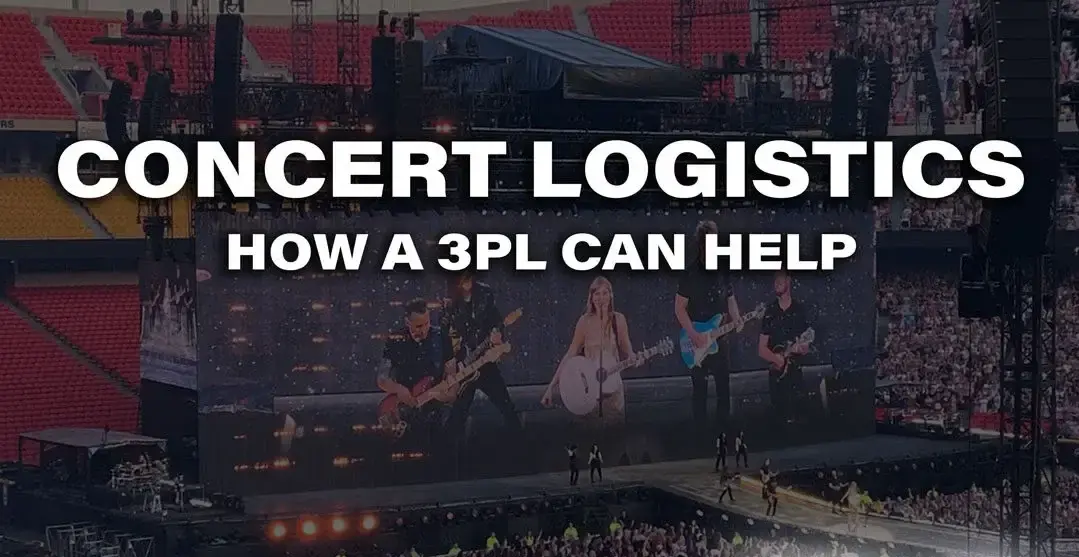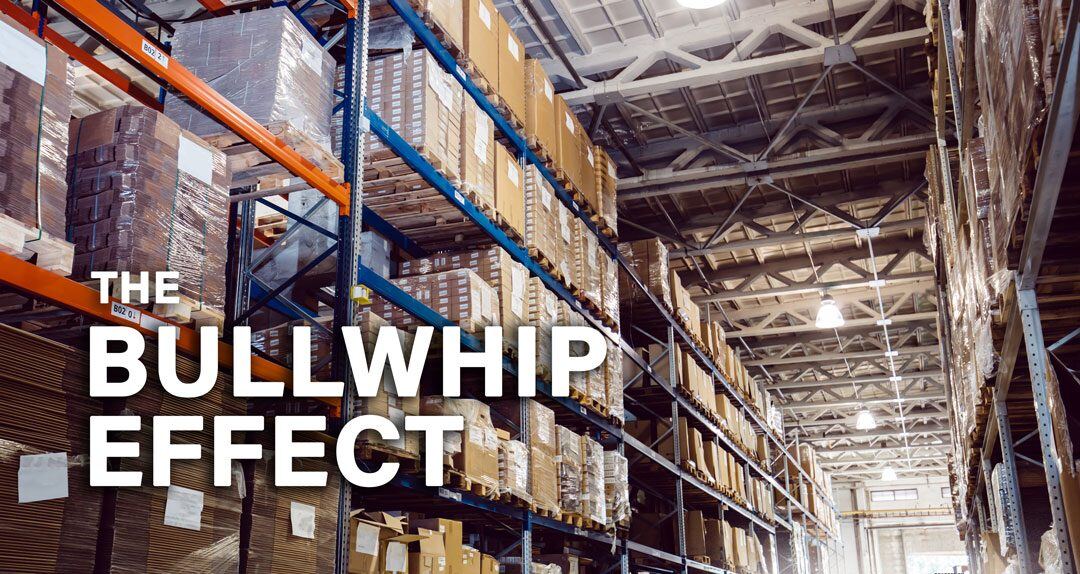
Every business relies on a steady flow of goods to operate. Whether it's raw materials for production or finished products ready for sale, efficient inbound freight shipping is a must. But with options like Less than Truckload (LTL) and Full Truckload (FTL) available, how do you know which method is right for your company?
This blog post will provide a clear breakdown of LTL and FTL shipping, examining the pros and cons of each to help you make informed decisions for your inbound freight needs.
What is LTL Shipping?
Less than Truckload (LTL) shipping is a cost-effective solution for businesses transporting relatively small freight shipments. Instead of paying for an entire truck, you only pay for the space your goods occupy–think of it as a ride-sharing service for freight.
Here's how it works: Your shipment is picked up and transported to a local terminal. From there, it's consolidated with other LTL shipments heading in a similar direction. These terminals act as hubs in a network, efficiently routing freight across the country. Your shipment may be transferred between several hubs before finally reaching its destination.
This "hub-and-spoke" model maximizes truck space and reduces transportation costs. It's a great option for businesses that:
-
Ship smaller quantities: If your shipments typically weigh between 150 and 15,000 lbs, LTL is often the most economical choice.
-
Value cost-efficiency: Sharing truck space with other shippers means sharing the cost of transportation.
-
Have some flexibility with delivery times: LTL shipments typically have longer transit times than FTL due to the multiple stops and handling involved.
For example, imagine a small furniture boutique ordering inventory from various suppliers across the state. They might receive weekly shipments of chairs from one vendor, tables from another, and decorative items from a third. LTL shipping allows them to consolidate these smaller shipments, minimizing costs while ensuring a steady flow of goods.
Alternatively, picture a mid-size manufacturer of widgets ordering components from various suppliers across the country. They might receive regular shipments of resin from a vendor in Indiana, hardware from another in California, and paint from a third in Texas. LTL shipping allows them to scale and sequence these shipments to match production while minimizing costs. The outcome is a cost-effective, steady flow of goods perfectly timed with production needs.
What is FTL Shipping?
Dedicated Truckload (FTL) shipping is exactly what it sounds like: you get the entire truck to yourself. This means your goods are the only ones on board*, traveling directly from the point of origin to the final destination without any detours or sharing space with other shipments.
This dedicated truck space offers several key advantages. First, it's faster. Without the need to consolidate shipments or make multiple stops, FTL shipments typically have significantly shorter transit times. This is crucial for time-sensitive goods or businesses operating on tight deadlines.
Second, FTL provides enhanced security. Your goods remain in the same truck throughout the journey, reducing the risk of damage or loss that can occur with multiple transfers between terminals. This makes FTL a preferred choice for high-value or fragile items.
Consider a large electronics retailer preparing for a major product launch. They need to transport a massive shipment of new smartphones from the manufacturer to their distribution center. FTL shipping ensures the shipment arrives quickly and securely, allowing the retailer to meet consumer demand and capitalize on the product launch window.
*If a shipper does not use the entire trailer, the carrier may load other shipments on the truck, unless it is specifically prohibited in the shipment-specific contract.
Key Factors to Consider When Choosing Your Shipping Method
Choosing the right inbound freight shipping method involves a careful evaluation of several key factors. It's not a one-size-fits-all situation; the best choice depends on your specific needs and priorities.
Shipment Size and Weight
This is often the primary factor determining whether LTL or FTL is more suitable. As a general rule, shipments over 10,000 lbs or those exceeding 6-12 pallets often make FTL a more economical option.
Think about it this way: if you're shipping a large volume of goods, it might be more cost-effective to fill an entire truck rather than pay for a portion of space on multiple trucks. For instance, a furniture manufacturer shipping 15 pallets of sofas to a retail store would likely find FTL more cost-efficient.
Freight Density
Freight density, measured in weight per cubic foot, also plays a crucial role. Dense freight, like heavy machinery, generally maximizes the weight capacity of an LTL shipment, making it a cost-effective choice. Conversely, lightweight but bulky items, like furniture or large plastic containers, might quickly fill up truck space, making FTL a better option even if the weight is below the typical FTL threshold.
Destination
The distance and location of your destination significantly impact both cost and transit time. For long distances, FTL often becomes more competitive as the cost per mile decreases. However, for remote or challenging locations, LTL can present challenges due to potentially longer transit times and increased handling as the shipment moves between hubs.
Urgency
When time is of the essence, FTL usually comes out on top. With direct delivery and no consolidation delays, FTL offers faster transit times, which is crucial for time-sensitive goods like perishable items or products with a short shelf life. Imagine a food distributor shipping fresh produce from a farm to a grocery store; FTL ensures the shipment arrives quickly, maintaining product quality and minimizing spoilage.
Budget
FTL typically involves a higher upfront cost compared to LTL. You're essentially paying for the entire truck, regardless of whether it's completely full. However, for large shipments, the cost per unit with FTL can be lower than LTL. LTL, on the other hand, offers cost savings for smaller shipments by allowing you to share truck space and costs with other shippers.
Product Value and Fragility
High-value or fragile goods often require extra care and security during transit. FTL minimizes handling and reduces the risk of damage, making it a suitable choice for items like electronics, pharmaceuticals, or artwork. With FTL, your valuable goods remain in the same truck throughout the journey, minimizing the potential for damage during transfers between terminals.
By carefully considering these factors, businesses can make informed decisions about their inbound freight shipping, optimizing costs, ensuring timely deliveries, and safeguarding their valuable goods.
Weighing the Pros and Cons
When it comes to inbound freight, choosing between LTL and FTL is a crucial decision that can significantly impact your business's efficiency, costs, and even its environmental footprint. Each method comes with its own set of advantages and disadvantages, and understanding these trade-offs is essential for making informed choices.
LTL Shipping
Pros
-
Cost-effective for smaller shipments: LTL allows you to share truck space and costs with other shippers, making it a budget-friendly option for businesses with smaller freight volumes. This is particularly advantageous for startups, small businesses, or companies with limited shipping needs.
-
Flexible for various shipment sizes: LTL accommodates a wide range of shipment sizes, making it a versatile solution for businesses with fluctuating or diverse shipping requirements. Whether you need to ship a few boxes or multiple pallets, LTL can handle it.
-
Potential for environmental benefits: By consolidating multiple shipments onto a single truck, LTL contributes to reducing the number of trucks on the road, minimizing fuel consumption and greenhouse gas emissions. This can be a significant advantage for environmentally conscious businesses.
Cons
-
Longer transit times: LTL shipments typically involve multiple stops and transfers between hubs, resulting in longer transit times compared to FTL. This can be a drawback for businesses with tight deadlines or time-sensitive goods.
-
Increased risk of damage: The increased handling involved in LTL shipping can increase the risk of damage to your goods. This is a concern for fragile items or those requiring special care during transportation.
-
Less control over shipping schedule: With LTL, your freight is integrated with other shipments, giving you less control over the shipping schedule and delivery time. This can be a challenge for businesses that require precise delivery windows.
FTL Shipping
Pros
-
Faster transit times: FTL offers dedicated truck space and direct delivery, ensuring faster transit times and minimizing delays. This is crucial for businesses with urgent shipping needs or those dealing with perishable goods.
-
Reduced risk of damage: Since your goods remain in the same truck throughout the journey, FTL significantly reduces the risk of damage associated with multiple handling and transfers.
-
Greater control over shipping schedule: With FTL, you have greater control over the shipping schedule, allowing you to coordinate deliveries with your production or sales cycles.
-
Enhanced security: FTL provides enhanced security for your goods, as they are not exposed to other shipments or unnecessary handling. This is particularly important for high-value items or those requiring special security measures.
Cons
-
Higher cost: FTL typically involves a higher upfront cost, especially for smaller shipments where you're paying for unused truck space.
-
Can be less efficient for partially filled trucks: If your shipment doesn't fill the entire truck, FTL can be less efficient in terms of space utilization and cost-effectiveness.
Now that we've explored the pros and cons of each shipping method, it’s time to make the best choice for your business.
Choosing the Right Shipping Method
Making the right choice between LTL and FTL requires a careful assessment of your business needs. Consider factors like shipment size and weight, freight density, destination, urgency, budget, and the value and fragility of your goods. Each factor plays a crucial role in determining which method offers the best balance of cost-effectiveness, efficiency, and security.
Take the time to evaluate your priorities and weigh the pros and cons of each option. If you're unsure, seeking quotes from multiple carriers can provide valuable insights into pricing and service offerings. By carefully considering your specific requirements and comparing options, you can confidently choose the inbound freight shipping method that aligns best with your business goals.
Need help navigating the complexities of LTL and FTL? Contact Customodal today for expert guidance and customized solutions tailored to your unique shipping needs!





